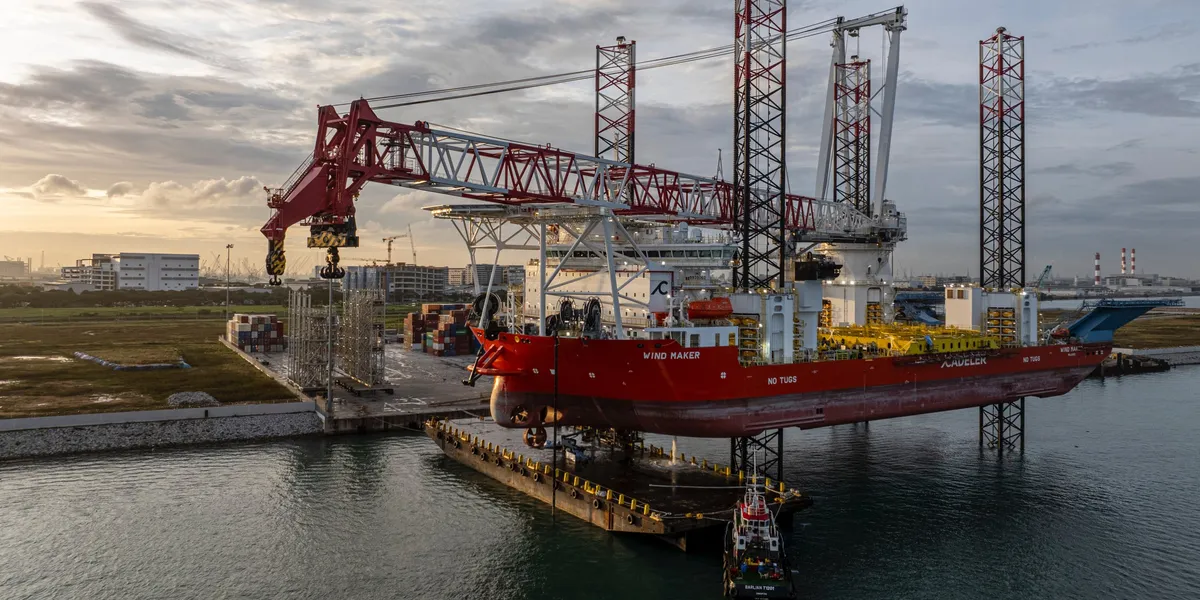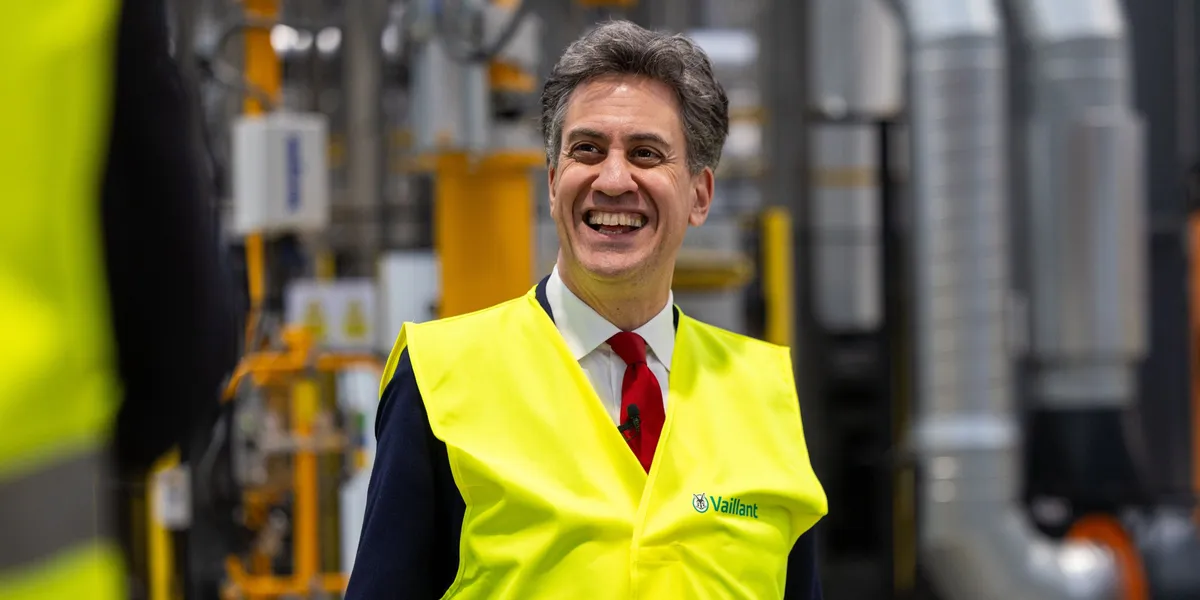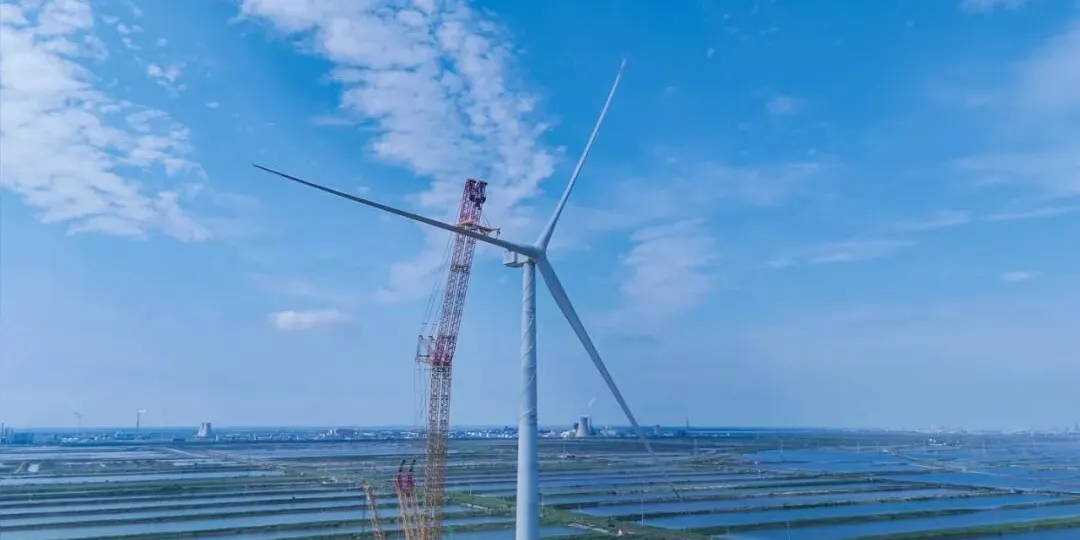The U.S. solar industry added 8.6 gigawatts (GW) of new solar module manufacturing capacity in Q1 2025, marking the third-largest quarter for new manufacturing capacity on record, per a new report.
The manufacturing surge comes from eight new or expanded factories in Texas, Ohio, and Arizona, according to the U.S. Solar Market Insight Q2 2025 report released by the Solar Energy Industries Association (SEIA) and Wood Mackenzie. In addition to growing module capacity, U.S. solar cell production capacity doubled in Q1 to 2 GW with the opening of a new factory in South Carolina.
The report finds that the U.S. solar industry installed 10.8 GW of new electricity generating capacity in Q1, and solar and storage account for 82% of all new generating capacity added to the grid. However, new tariffs and potential changes to federal tax credits pose “significant business uncertainty for the industry and threaten its long-term growth,” SEIA argues.
Utilities in the Midwestern United States are tackling tough challenges posed by increasingly extreme weather, aging infrastructure, and an ongoing race to integrate renewable energy while maintaining grid reliability. State decarbonization laws add complexity to the process of bringing power generation online, and as utilities transition from fossil fuels to cleaner alternatives, they are simultaneously managing supply chain issues, labor shortages, and new cybersecurity risks. Service providers must modernize their infrastructure to satisfy increasing demand while keeping pricing affordable, which is a tall task for any-sized utility.
A new regional DISTRIBUTECH event, DTECH Midwest, will provide a unique opportunity to dive into the specific issues faced by the power industry in Midwest including tailored content for municipal and cooperative utilities.
Registration is now open – join us from July 14-16, 2025, in Minneapolis, MN! Learn more about what you can expect here.
“Solar and storage continue to dominate America’s energy economy, adding more new capacity to the grid than any technology using increasingly American-made equipment,” said SEIA president and CEO Abigail Ross Hopper. “But our success is at risk. If Congress fails to fix the legislation passed by the House – which would render the energy tax incentives unusable – lawmakers will trigger a dangerous energy shortage that will raise our electric bills and stop America’s manufacturing boom in its tracks. The Senate still has time to get this right and secure President Trump’s vision for American energy dominance.”
SEIA added that economy-wide tariff uncertainty, new anti-dumping and countervailing duties (AD/CVD) on cells and modules from Southeast Asia, and potential shifts in federal energy incentives could “significantly hinder” U.S. solar deployment and manufacturing, risking energy shortages, job losses, and factory closures.
“The 10.8 GW of solar capacity installed in Q1 2025 represents a significant portion of new U.S. electricity generation, highlighting solar’s growing dominance in the energy mix,” said Zoë Gaston, Principal Analyst at Wood Mackenzie. “However, our analysis suggests that the U.S. solar market has yet to reach its full potential. The proposed changes to federal tax incentives, along with ongoing tariff concerns, could significantly impact this growth trajectory and potentially lead to energy supply challenges. It’s important to consider the critical role of solar in America’s energy landscape.”
SEIA and Wood Mackenzie’s forecast for the industry, which they say accounts for tariffs levied in Q2 but not potential roll backs of the federal tax credits, projects declining deployment nationwide. While the community solar forecast remained flat, all other segments saw their five-year outlook decline compared to last quarter, including a 14% reduction in forecasted residential solar deployment, and a 6% reduction in forecasted utility-scale deployment.
A separate recent analysis conducted by SEIA of the impacts of the House-passed reconciliation legislation projects an energy shortage for the U.S. economy should the bill become law. SEIA argues that if lawmakers don’t change course, 330,000 current and future Americans jobs could be lost, 331 factories could close or never come online, and $286 billion in local investments could disappear. The bill could also trigger “massive energy inflation,” raising consumers’ electricity costs by $51 billion nationwide, SEIA added.
If Congress cuts energy tax incentives, SEIA’s analysis projects that energy production will fall 173 TWh and the United States “will not be able to meet demand or compete with China in the global race to power AI.”
According to the Solar Market Insight report, Texas added more solar capacity than any state in Q1 2025, with the state of Florida surging ahead of California for second place. Of the top ten states with the most solar installations in the first quarter, eight were won by President Donald Trump in the 2024 election: Texas, Florida, Ohio, Indiana, Arizona, Wisconsin, Idaho, and Pennsylvania.








